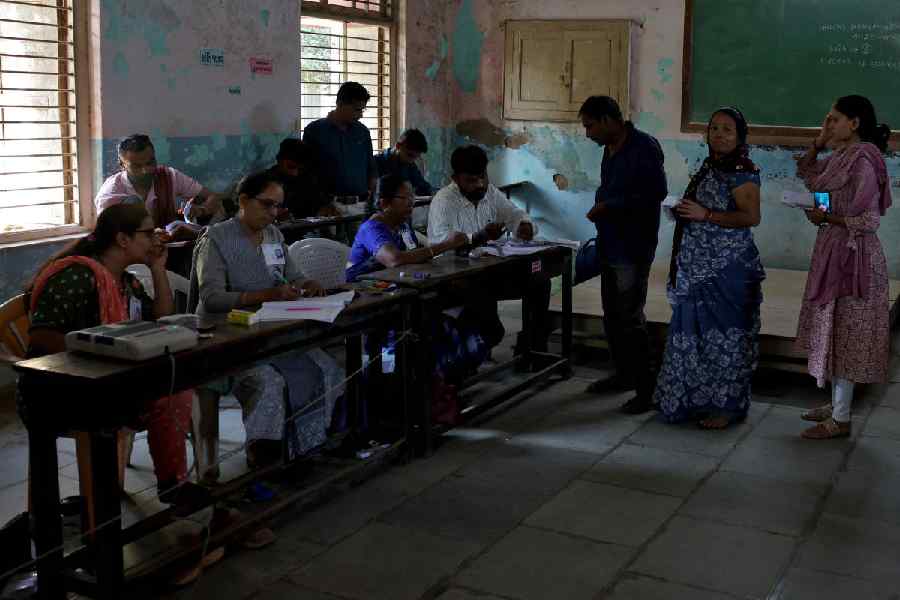Data from the recent periodic labour force survey indicate that there has been a significant increase in the number of unpaid family workers in rural as well as in urban India. Compared to data from the PLFS 2017-18, the proportion of unpaid labour in rural India has increased from 54.7 million to 94.5 million; in the urban areas, the figure has risen from 7.4 million to 9.1 million. The combined increase has been from 62 million to 104 million workers. An astounding 82% of the growth in this constituency during this period has been accounted for by women. Of the 104 million such workers, about 70 million are illiterate or have finished primary school. Another 24.3 million have completed secondary or higher secondary education. About 7.5 million of such workers are graduates. The data thus reveal that there has been a spike in uneducated, low-skilled labour marked by a large proportion of women. This is also borne out by data on the female labour force participation rate in India, which is very low — at around 30% — compared to most other developing nations. These workers are typically underemployed, have low productivity, lack skills, and work in the informal sectors of the economy. The data are suggestive of jobless growth. The shining India of 7% growth is not creating an adequate number of jobs and leaves a large part of India untouched.
High rates of growth in gross domestic product are always projected as a testament to a booming economy. Yet, they are hardly indicative of the precarious conditions of a large part of India’s population. For a country like India, with a massive and growing young labour force, the real measure of the strength of economic development must lie in the creation of new jobs that pay enough. These new jobs must be adequate in quantity as well as in quality and would require modern skills and prior exposure to higher education. The level of wages received and the incidence of social insurance are also important markers of the strength of economic development. It is becoming increasingly clear that the much talked about demographic dividend of India is rapidly turning into a demographic deadweight. Given the national and global economic situation, only the very bright and innovative will have the opportunity to go abroad. The bulk of the residual labour force would have to eke out a low-level existence in a stagnant labour market. Indian policymakers simply refuse to go beyond the illusive lure of aggregate macroeconomic growth.










